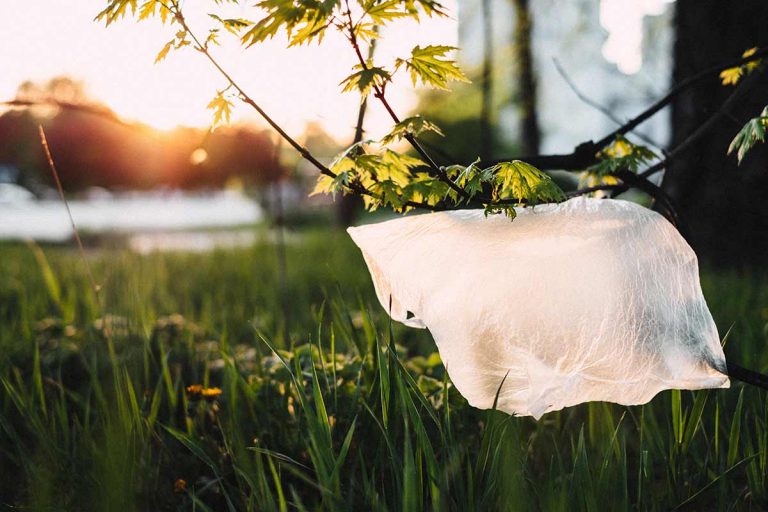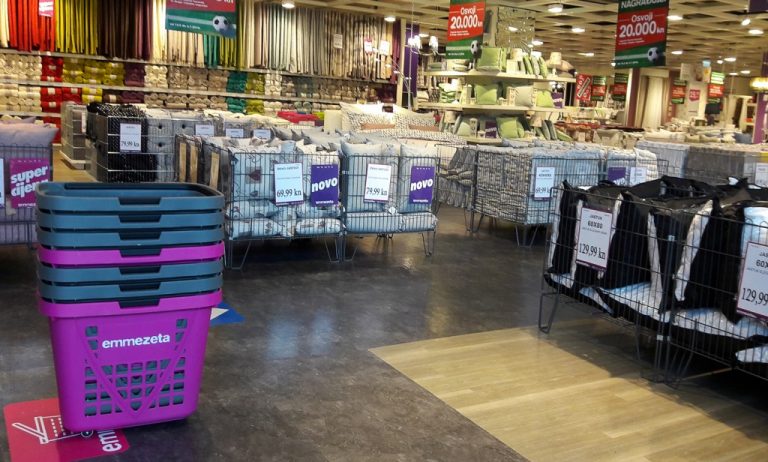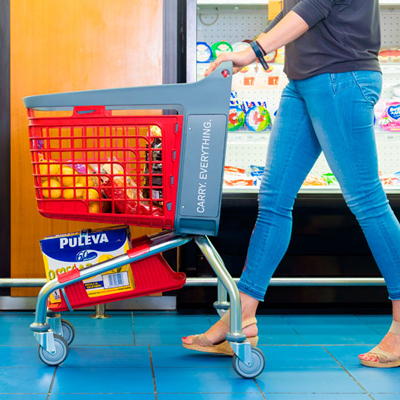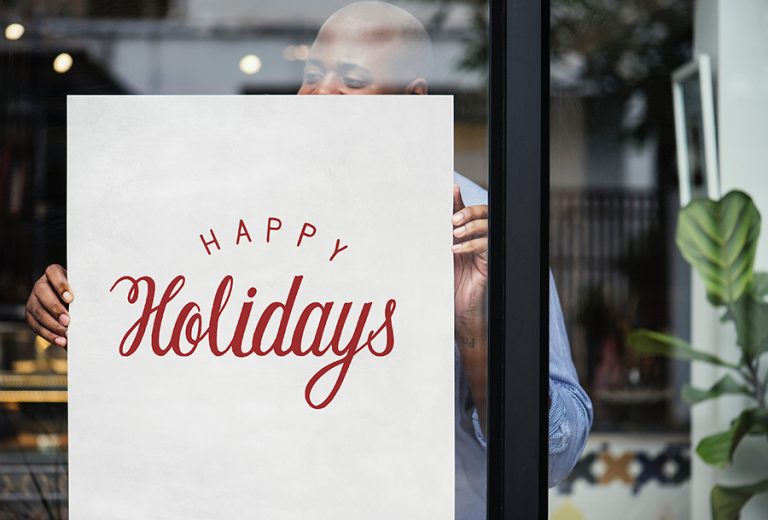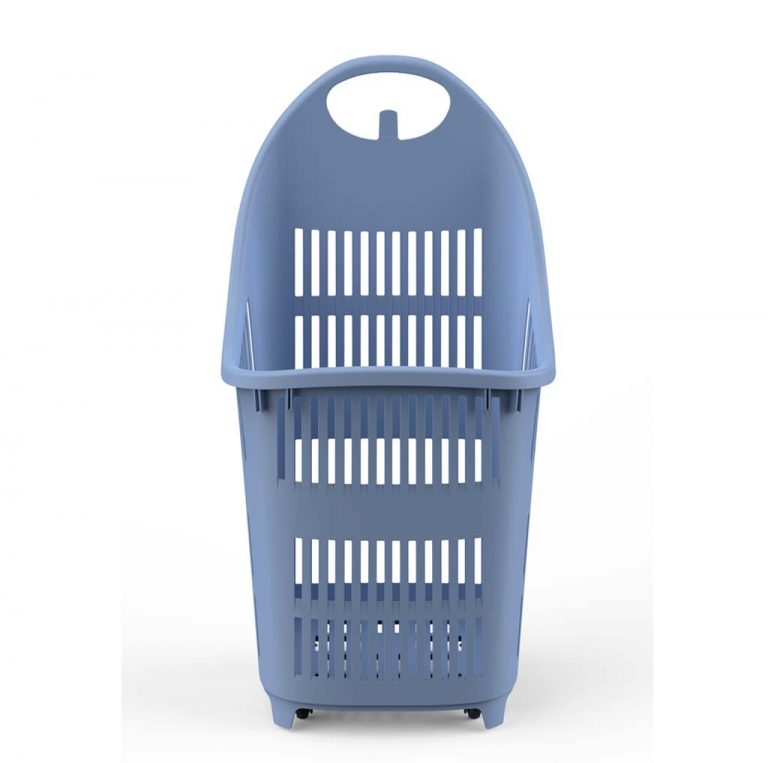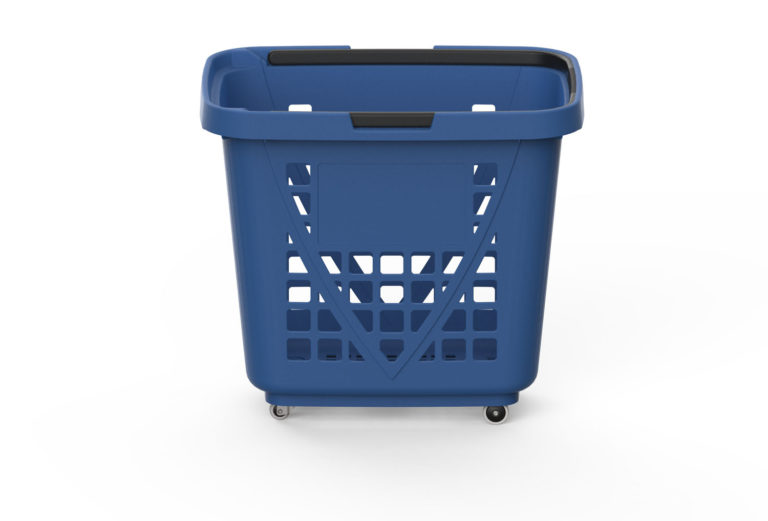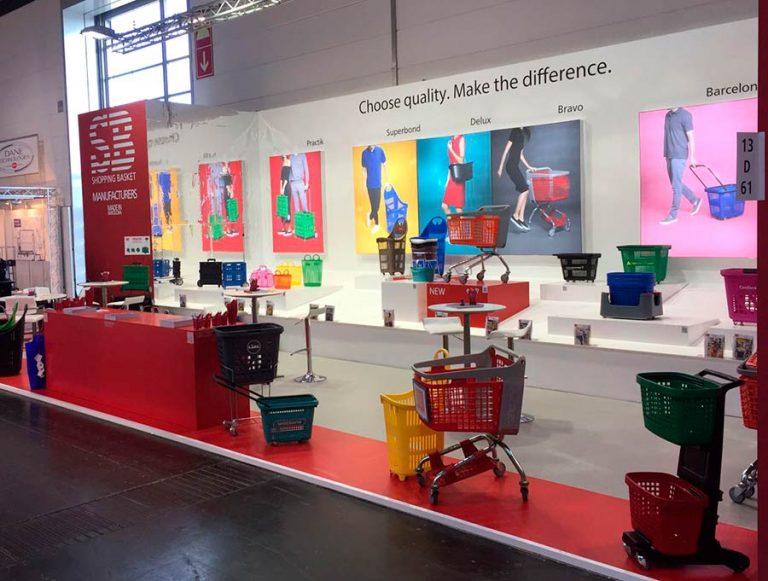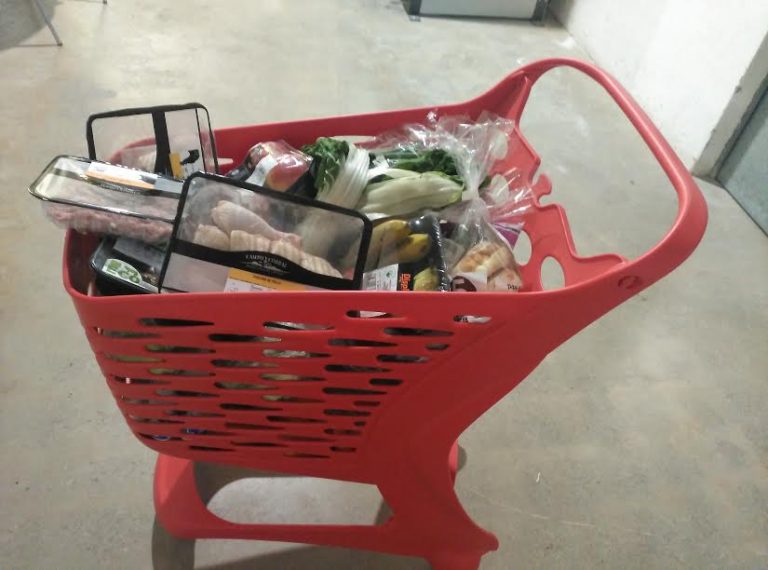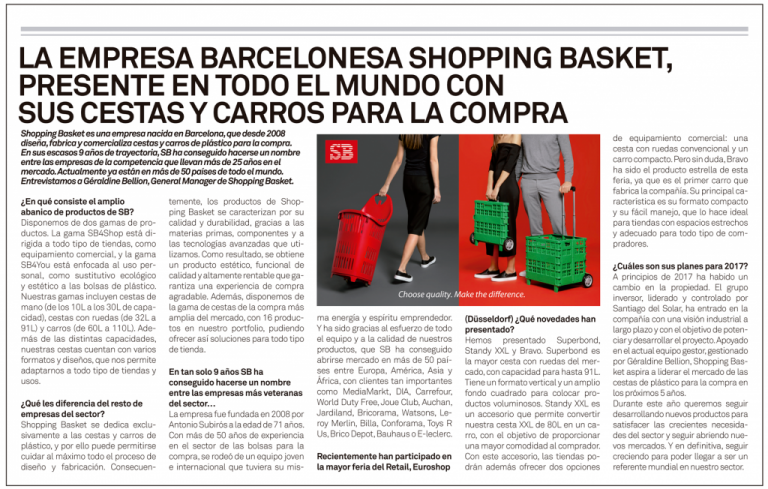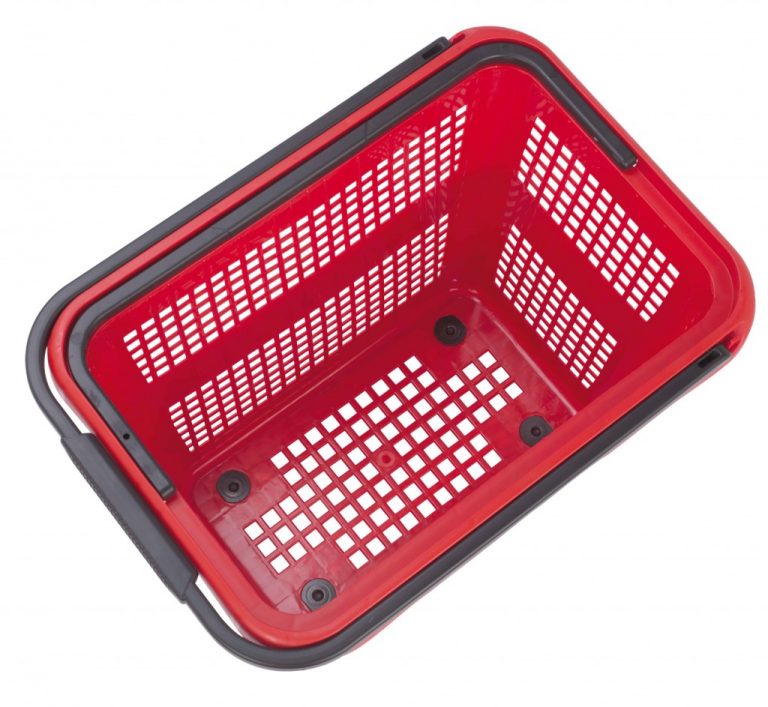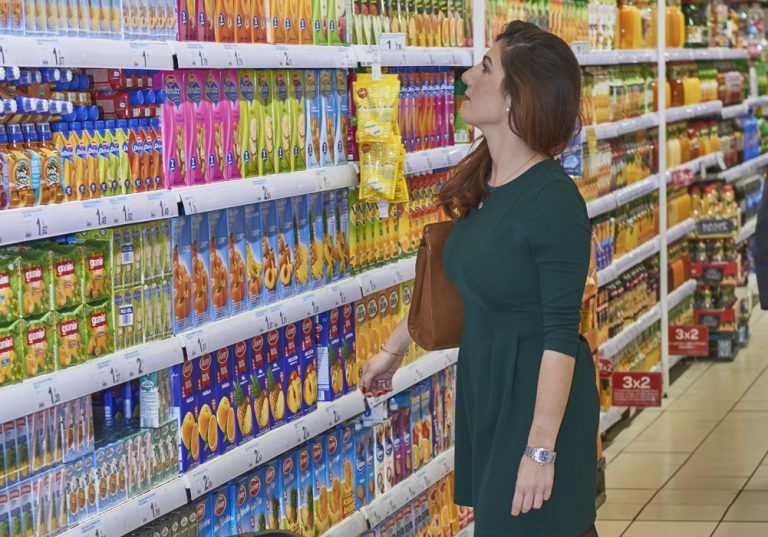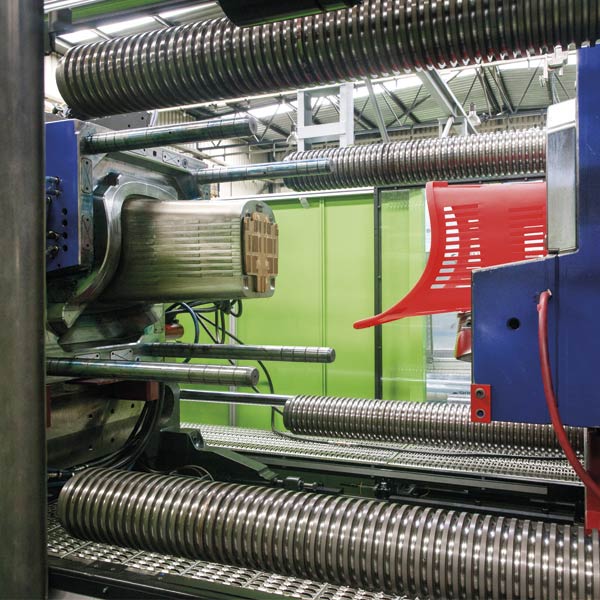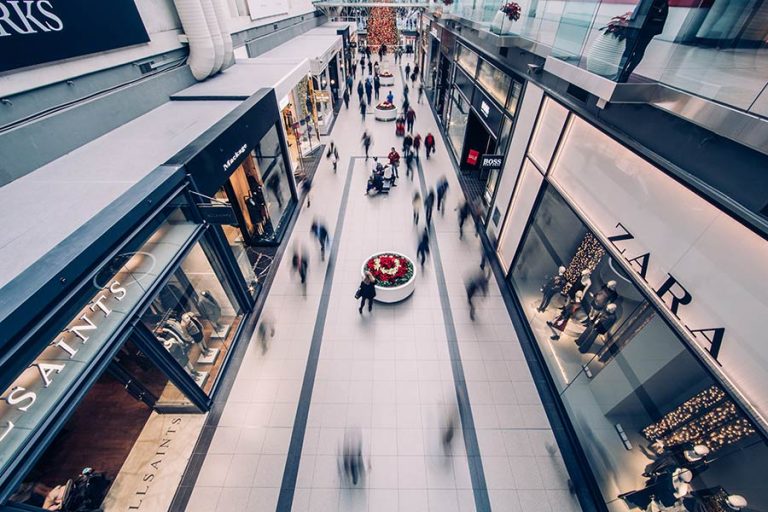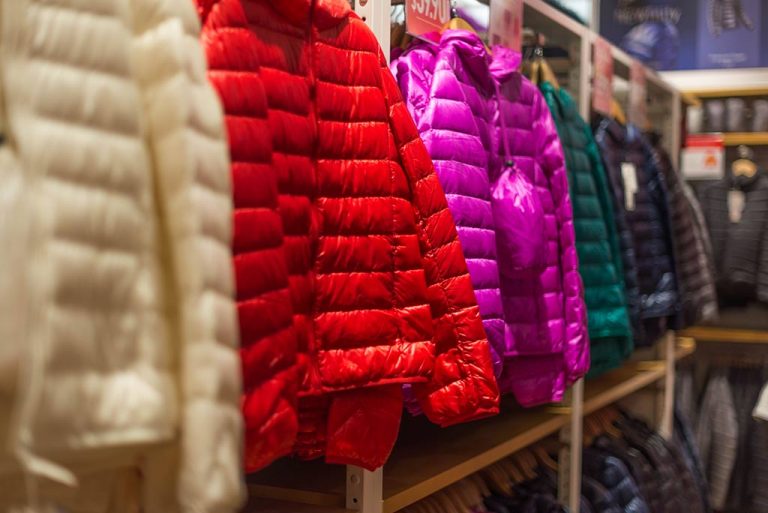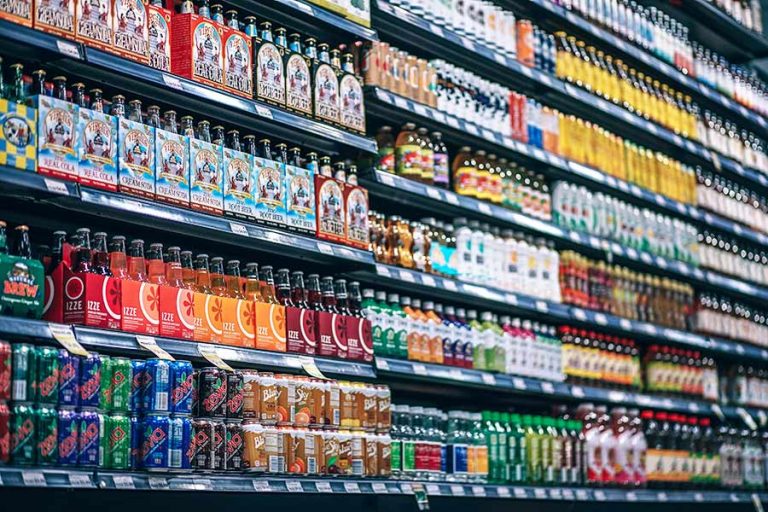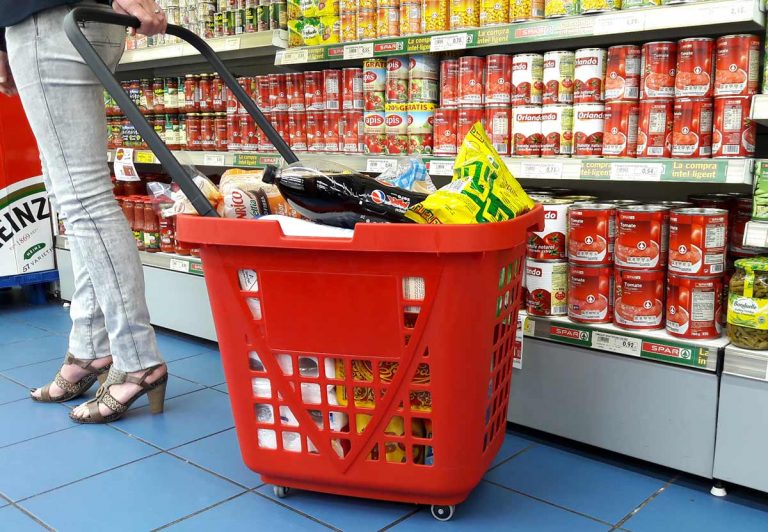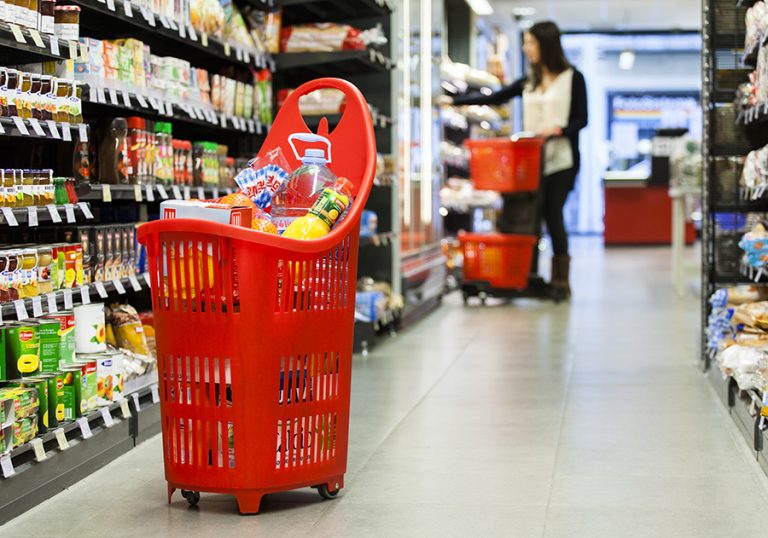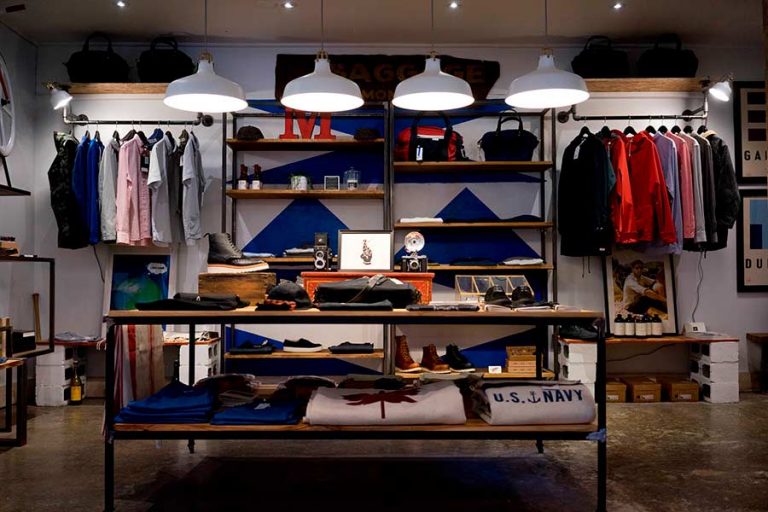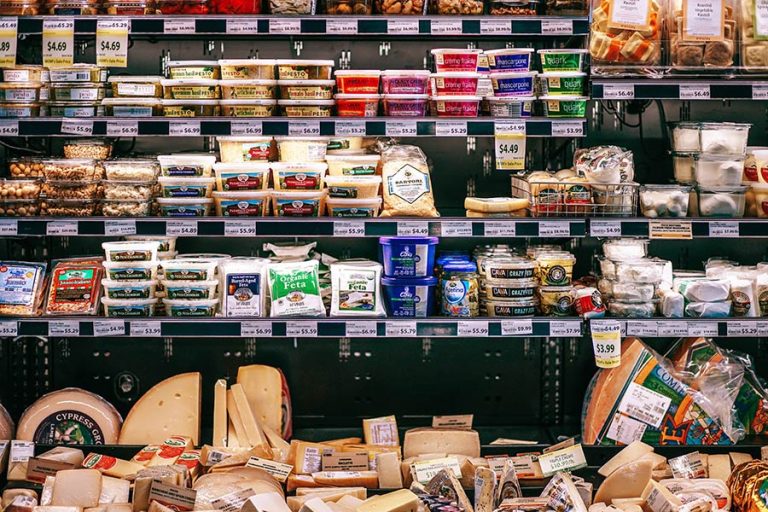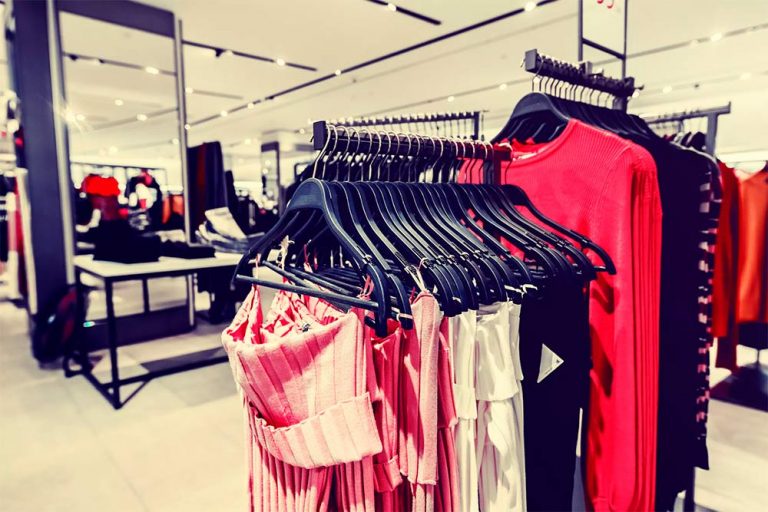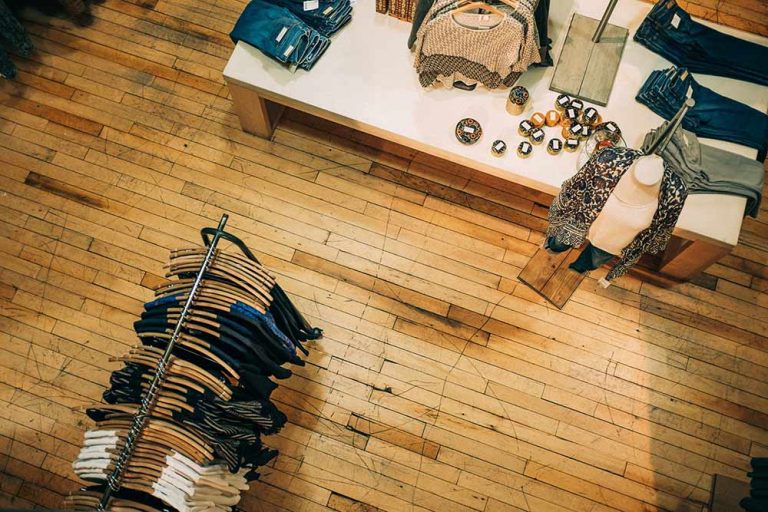We’re living in a moment where expectations around shopping have completely shifted. It’s not just about having the best price or a seamless checkout anymore—people are digging deeper. They want to know how products are made, what materials were used, and more importantly, whether the process behind it all does right by the planet.
For today’s retailers, sustainability isn’t a box to check—it’s become a baseline. And while ditching plastic bags is a good start, the real challenge lies in embedding environmental responsibility across the entire shopping ecosystem: packaging, store layout, shelving, lighting—every single touchpoint.
In this piece, we’ll take a closer look at what full-circle sustainability actually looks like for supermarkets, convenience stores, and even perfumeries. We’ll also highlight how companies like Shopping Basket are pushing the envelope with eco-friendly carts and baskets that not only reduce impact but reshape how customers perceive your brand.
1. What Does 360° Sustainability Really Mean in Retail?
When we talk about sustainability in a retail setting, it’s easy to imagine a few “green” upgrades here and there. But real change doesn’t come from isolated efforts. It’s about weaving environmental responsibility into every part of the retail value chain.
Let’s break it down:
- Production: sourcing recycled or recyclable materials wherever possible.
- Distribution: streamlining logistics to shrink the carbon footprint.
- In-Store Experience: choosing sustainable furniture, equipment, and lighting that reflect the brand’s values.
- Communication: being transparent, consistent, and backing claims with data—not just marketing lingo.
The bottom line? Shoppers are incredibly perceptive. If a store promotes eco-packaging but uses wasteful materials elsewhere, it sends a mixed message. On the other hand, brands that show commitment across the board tend to build more trust—and loyalty that lasts.

2. Packaging: The Customer’s First Impression
Before a product even reaches the cart, the packaging sets the tone. It’s often the first thing a shopper interacts with, and that moment carries more weight than most realize.
In Spain and across Europe, there’s been a notable shift toward:
- Packaging made with recycled or recyclable content.
- Simplified designs that use less ink and eliminate excess plastic.
- Returnable or reusable packaging systems that close the loop.
- Clear labeling that actually tells consumers where materials came from—and where they’re going next.
It’s not just about looking “green.” Shoppers, especially younger ones, are actively choosing products from brands that show a real, measurable commitment to sustainability. Packaging is often the first signal that a company is serious.
3. Store Fixtures: Where Sustainability Shows Up (or Doesn’t)
While packaging sets the stage, the physical store is where the values either play out—or fall apart. From shelving units to the lighting overhead, every design choice tells a story.
A supermarket that’s invested in recycled modular shelving, LED lighting, or eco-signage isn’t just reducing its footprint—it’s creating a space that feels more modern, thoughtful, and aligned with today’s values.
And here’s the thing: it’s not just about what’s good for the environment. These design choices directly affect customer experience. Sustainable spaces are often more inviting and more memorable, which means they’re better for business, too.
4. The Cart and Basket: A Small Touch with Big Impact
Let’s talk about the unsung hero of the shopping journey: the humble cart or basket. It might not seem like a major factor, but it’s one of the few items a customer physically interacts with the entire time they’re in the store.
At Shopping Basket, we’ve leaned into this opportunity by developing a line of carts and baskets that are:
- Made from recycled and recyclable materials.
- Ergonomically designed to reduce fatigue and make shopping smoother.
- Built for durability, which means less waste over time.
- Adaptable across retail formats—from large supermarkets to smaller boutique shops and perfumeries.
When a customer picks up a lightweight, sustainable basket, they may not consciously think about it—but they feel it. It adds to an overall sense that this store, this brand, is doing things differently. And that feeling sticks.
5. What the Numbers Say: Consumer Demand in 2025
Sustainability in retail isn’t riding a trend—it’s responding to a deep, growing expectation:
- 74% of global consumers say they’re willing to pay more for products from sustainable brands (Nielsen).
- In Spain, 8 out of 10 millennials say they actively prefer brands with transparent environmental practices.
- Around 70% of shoppers expect sustainability to show up across the board—from packaging to store design and logistics.
This isn’t a niche—it’s the new mainstream. And brands that continue to treat sustainability as a marketing afterthought are already being left behind.

The Takeaway: Sustainability Is the New Normal
We’ve reached a point where sustainability in retail isn’t something extra. It’s expected. And for retailers that embrace it fully—not just in one or two areas, but across the whole experience—the payoff is real: stronger brand image, deeper customer loyalty, and a smaller environmental footprint.
At Shopping Basket , we’ve always believed that transformation happens through the details. Whether it’s a sturdier recycled cart or store fixtures made with intention, every element contributes to a more conscious, modern retail experience.
So the next time a shopper walks through your doors, think about what message you’re sending. Because sustainability isn’t a side note anymore—it’s how business gets done.

